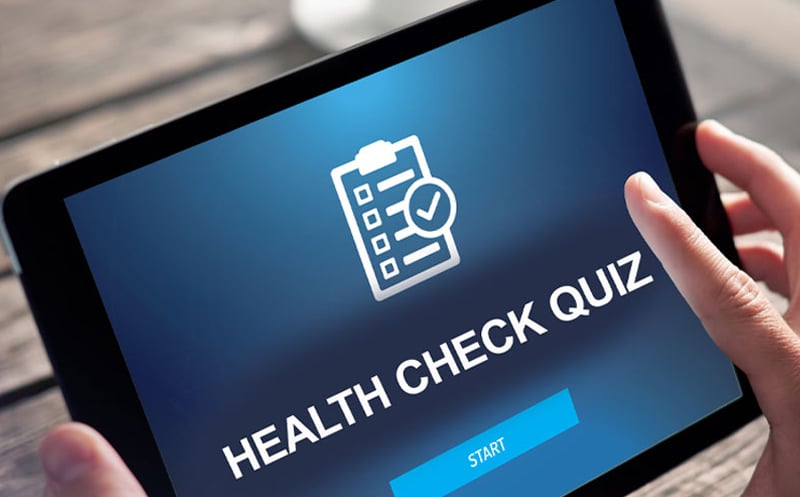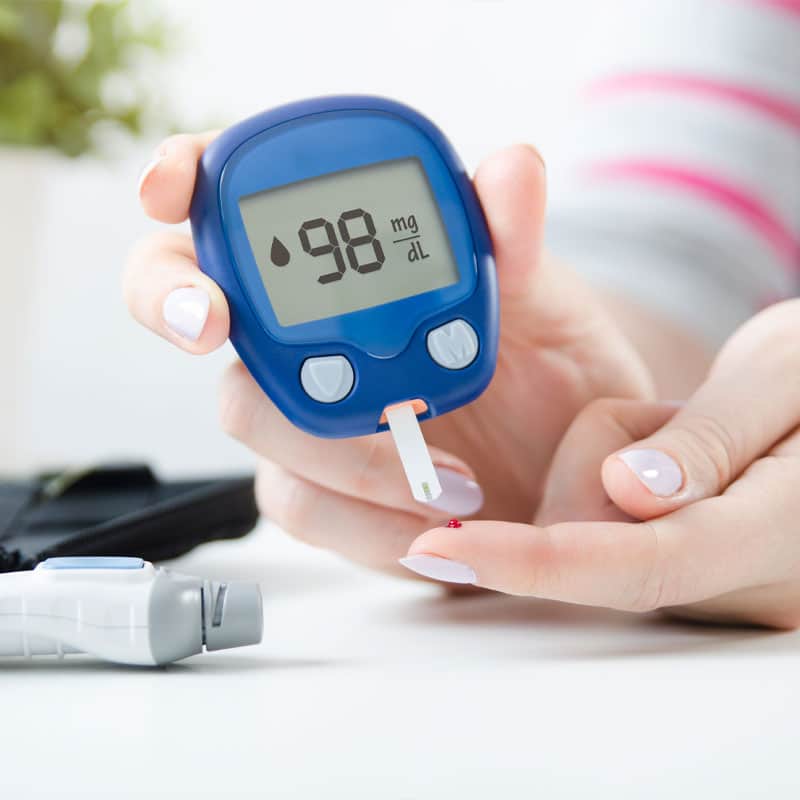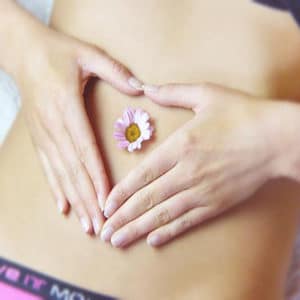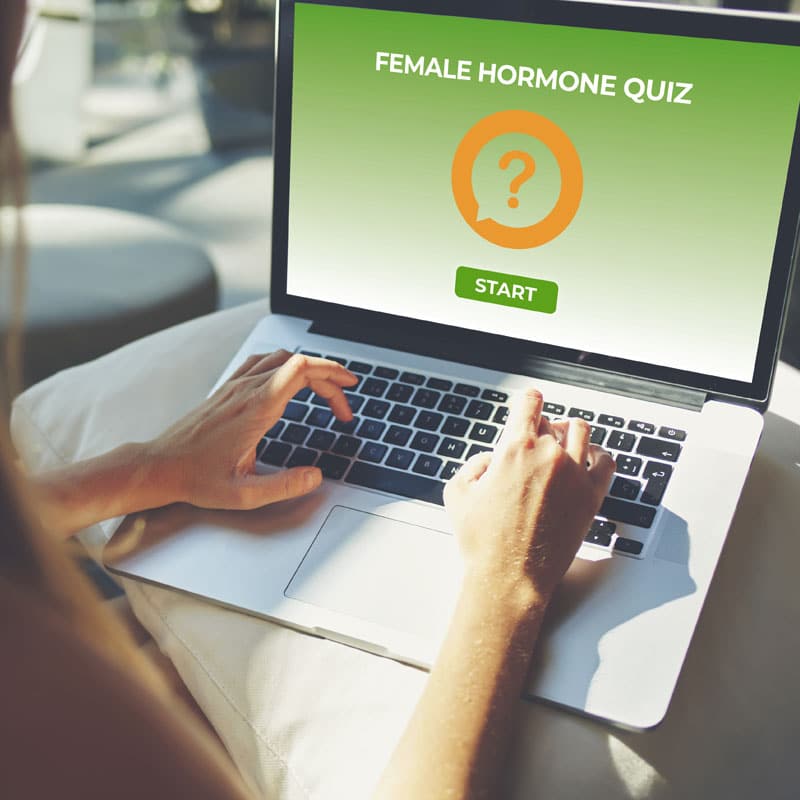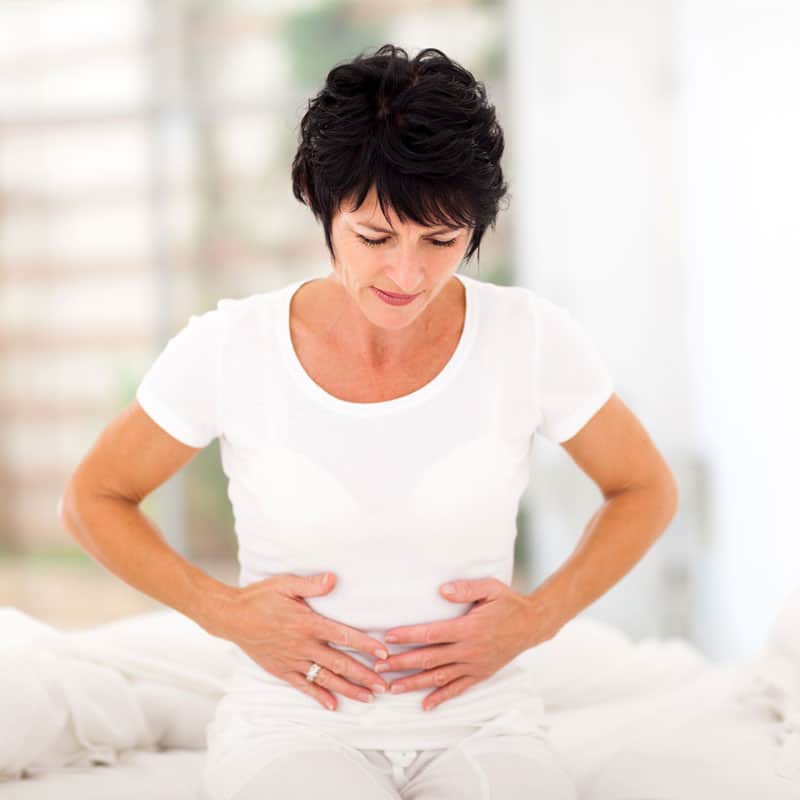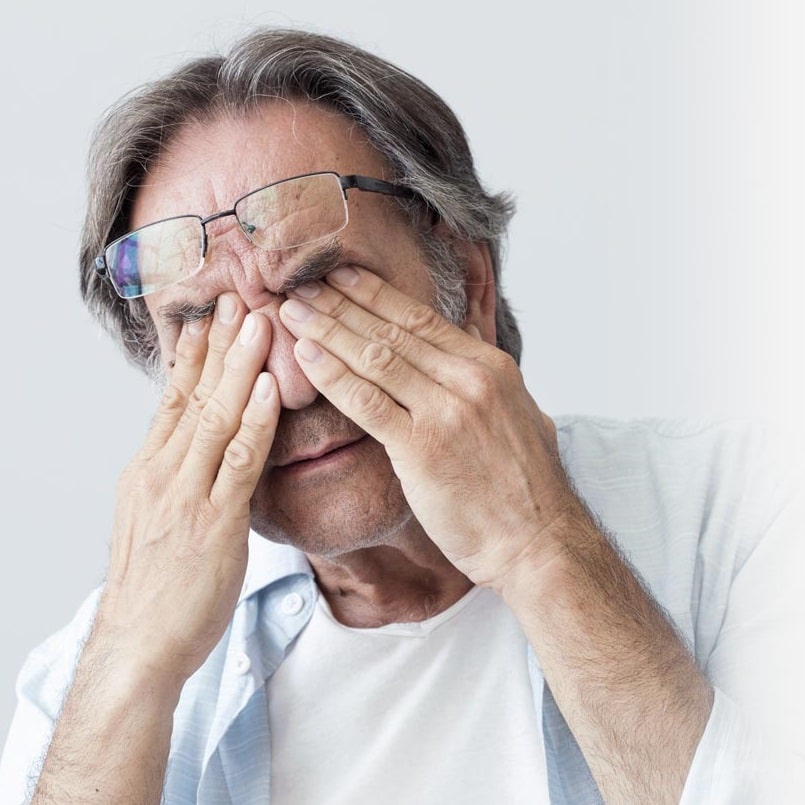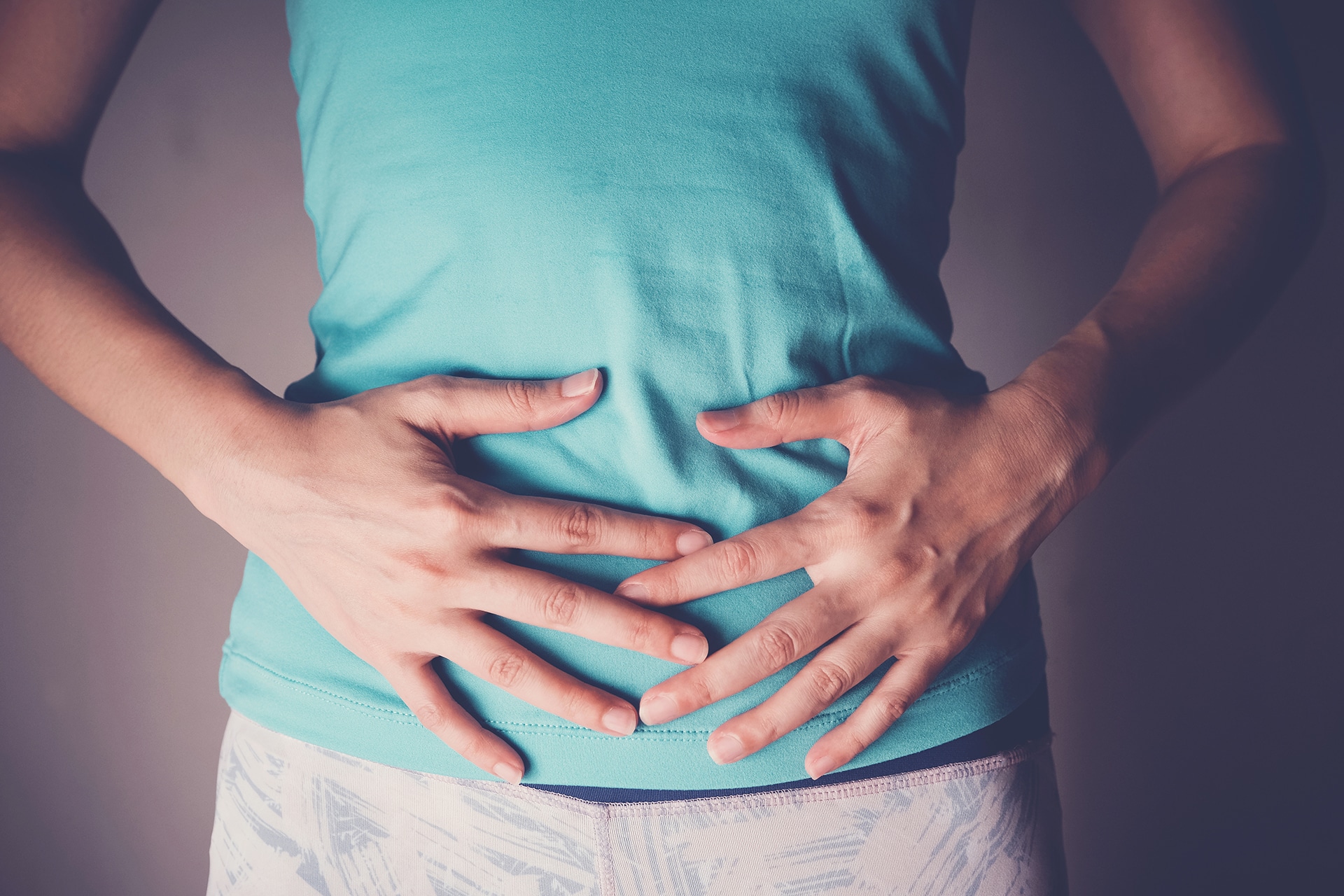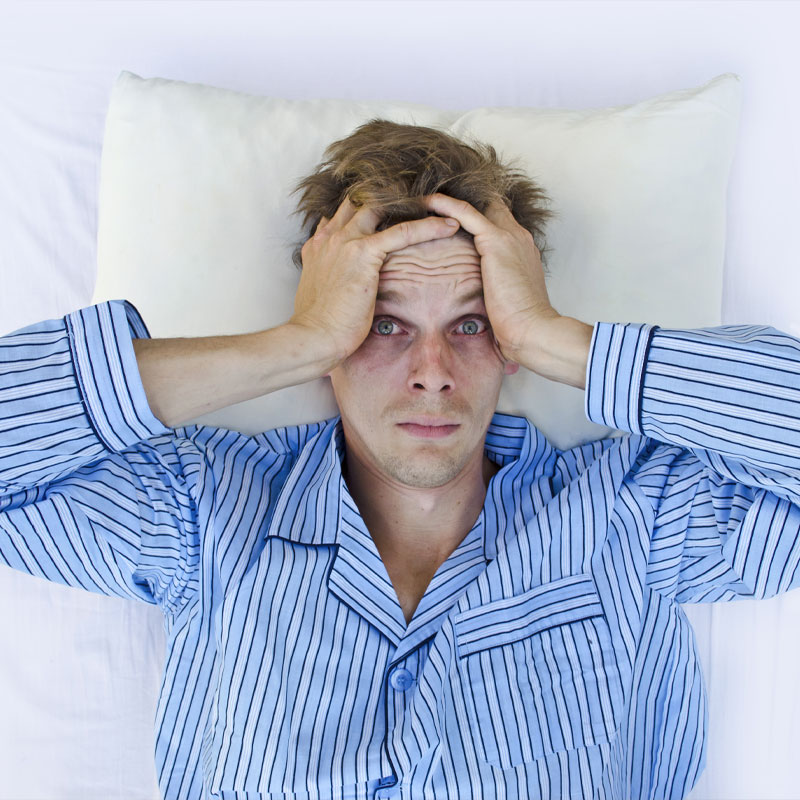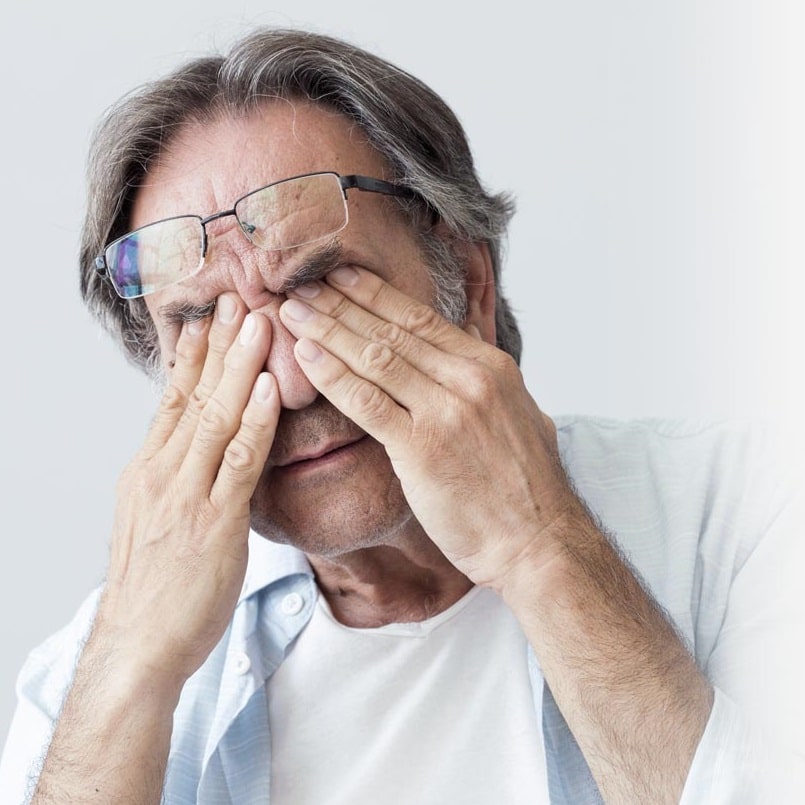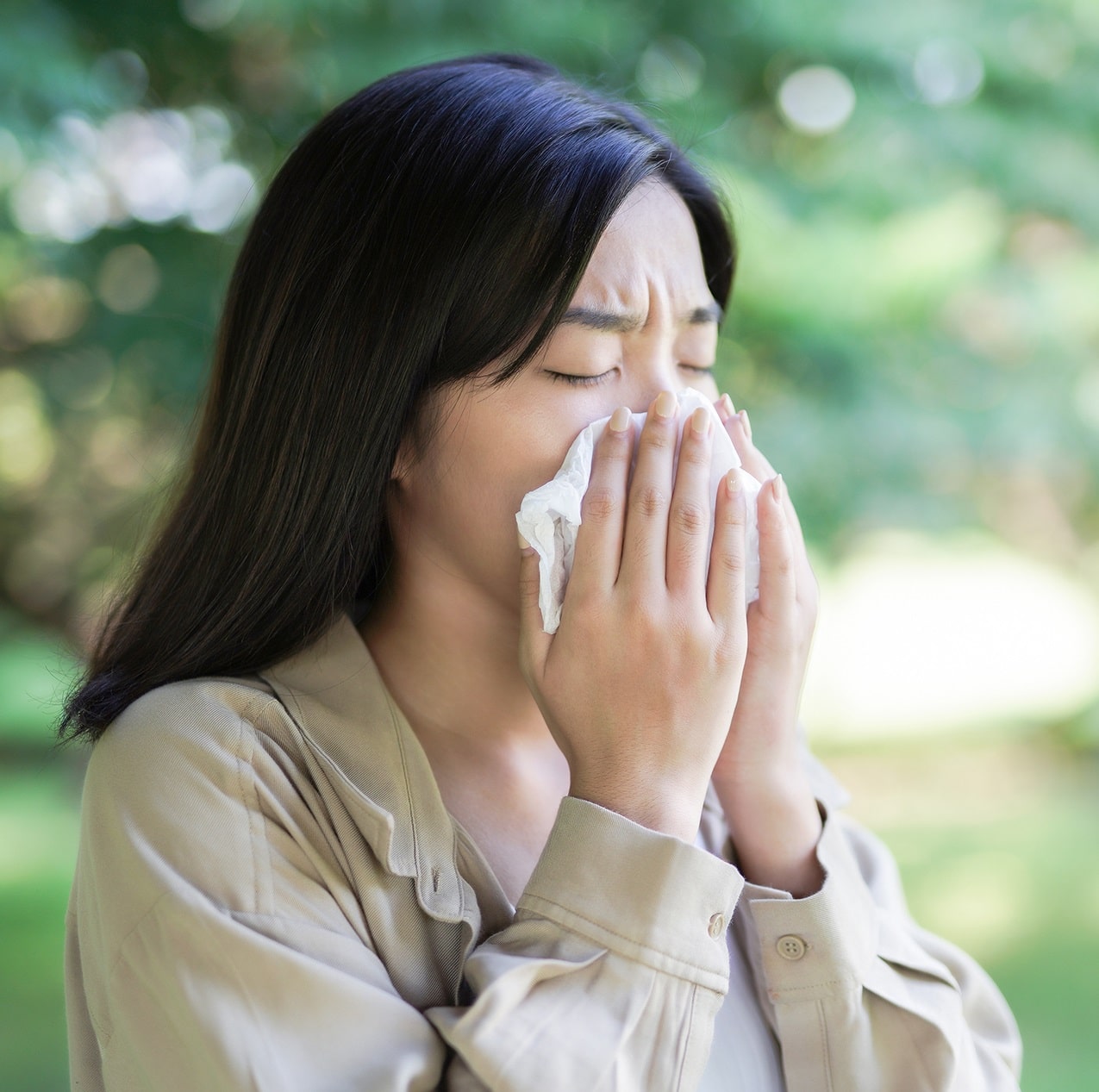Index
Menstrual migraines typically occur either right before or during a female’s period and often happen every month. Menstrual migraines are related to hormone imbalances. When estrogen and progesterone levels drop at the beginning of a menstrual cycle, a headache may occur, which is why these headaches are often known as hormonal headaches. Menstrual migraine symptoms include light sensitivity, fatigue, and dizziness. Women report headaches as dull and throbbing or severe and pulsing. Caffeine, stress, or skipping a meal can trigger a migraine headache.
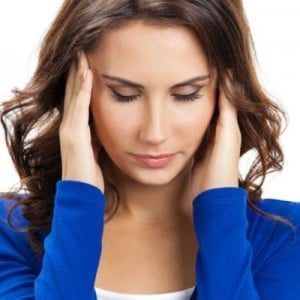
Hormonal Headaches
Hormone headaches occur right before or during a female’s period. Typically, you experience headaches before a period, or you can experience headaches during periods. On average, the headaches occur two days before menstruation or three days at the beginning of your period.
Light, movement, sounds, and scents can worsen migraine symptoms, which may last only a few hours or several days.
Understanding Hormones
The body uses hormones to deliver messages throughout. These hormones are in your organs, bloodstream, and tissues. The thyroid gland, pituitary gland, adrenal glands, and sex organs produce hormones. When the body produces too much or too little of a hormone, it can throw the entire body off balance.
The two main sex hormones in females are estrogen and progesterone. Estrogen is used to develop female characteristics and aids in reproduction. Furthermore, it controls your menstrual cycle, helps regulate cholesterol levels, protects bone health, and affects many other tissues and organs in the body, including the heart, bones, brain, skin, and more.
Estrogen levels change throughout the menstrual cycle. The levels are the highest during the middle part of your cycle and the lowest at the beginning of your period. Furthermore, during menopause, your estrogen levels drop extremely low.
In addition to changes in your estrogen levels due to the menstrual cycle, hormone headaches can be caused by hormone replacement therapy and birth control pills. If you begin taking hormones or birth control pills and notice an increase in the frequency or severity of your migraines, talk with your healthcare provider.

Symptoms of Menstrual Migraines
Migraines are much more than bad headaches. Migraine headaches are a neurologic disease that causes several symptoms, including debilitating pain on one side of the head. Some describe the pain as pulsing or throbbing. Menstrual migraines have symptoms similar to other types of migraine headaches. The most common symptoms include:
- Abdominal Pain
- Blurred Vision
- Diarrhea
- Dizziness
- Fatigue
- Fever
- Loss of Appetite
- Nausea
- Pain – The pain can range from a dull ache to a severe throb
- Pale Skin
- Temperature Deregulation – You may experience excess sweating or chills during a hormone migraine.
- Sensitivity to Lights, Noises, and Scents
- Scalp Tenderness
- Upset Stomach
- Vomiting
Diagnosing Menstrual Migraines
Getting a proper diagnosis requires seeking assistance from a functional medicine doctor specializing in women’s health. Your doctor will want to discuss the severity and location of your headaches, their frequency, any medications you have taken to try to relieve them, and the results of the medicines. Your doctor will also want to know about-
- a complete health history
- family history of migraine headaches
- stress and activity levels
- diet and any foods that may trigger migraine headaches
Your doctor may recommend various blood and imaging tests to rule out any other issues causing your headaches. In addition, maintaining a headache journal will help. You will be requested to list the symptoms you are experiencing, how long the symptoms last, and anything that makes your symptoms better or worse. The journal will help identify your migraine triggers and assist your doctor in choosing the best treatment for your menstrual migraines.

Holistic Treatment for Menstrual Migraines
The fluctuations and decrease in estrogen levels right before a woman’s period can increase the risk of hormone migraines. Your doctor may choose from many different treatment options to help relieve the symptoms of menstrual headaches.
- Bioidentical Hormone Replacement Therapy—Menstruation migraines occur when estrogen levels drop rapidly. You can reduce these sharp declines with bioidentical hormone therapy. This treatment is especially beneficial for women entering perimenopause when their periods are irregular and their estrogen levels drop quickly.
- Diet—Several foods can trigger migraines. Learning your food triggers and avoiding them can help relieve your migraines. Remove foods containing nitrates like bacon, sausage, hot dogs, deli meat, chocolate, and cheeses like blue, Swiss, Parmesan, cheddar, and feta. Also, avoid processed foods, cultured dairy products, beans, and foods that contain MSG to help prevent headaches.
- Essential Oils—Applying essential oils topically can help relieve headache pain. Lavender and peppermint are two of the top essential oils for migraines.
- Herbs—Several herbal remedies can help relieve menstrual headaches. Some of the top herbs include feverfew, ginger, and butterbur.
- Hydration—Approximately one-third of women suffering from menstrual headaches are dehydrated. Preventing dehydration can help reduce or eliminate hormone headaches. We recommend drinking one ounce of water for every two pounds you weigh to remain hydrated.
- Massage—Massage is a hands-on therapy technique that relieves stiff, tired muscles and helps open up and flush out the lymphatic system. Massage also improves hormone production and regulation, eases migraine headaches, and naturally reduces stress.
- Sleep—During sleep, your body produces many of the hormones that it needs for optimal health. When you do not get the recommended 7 to 9 hours of sleep, the risk of headaches increases. Follow good sleep hygiene to reduce the risk of hormone headaches.
- Acupuncture—Traditional Chinese Medicine has used acupuncture to relieve headaches for thousands of years. It uses fine needles to reduce tension, release pent-up emotions, free meridian pathways, and improve hormone production.
- Stress Relief Exercises—Stress relief techniques like yoga, deep breathing exercises, and meditation can help reduce stress, improve hormone production, and relieve or prevent hormone migraines.
The symptoms of menstrual migraines are challenging. When symptoms are severe, they can interfere with your day-to-day life. Luckily, there are several ways to get relief and prevent hormone headaches. Our integrative women’s health doctors can help you identify your migraine triggers and develop an effective treatment plan for hormone headaches.





